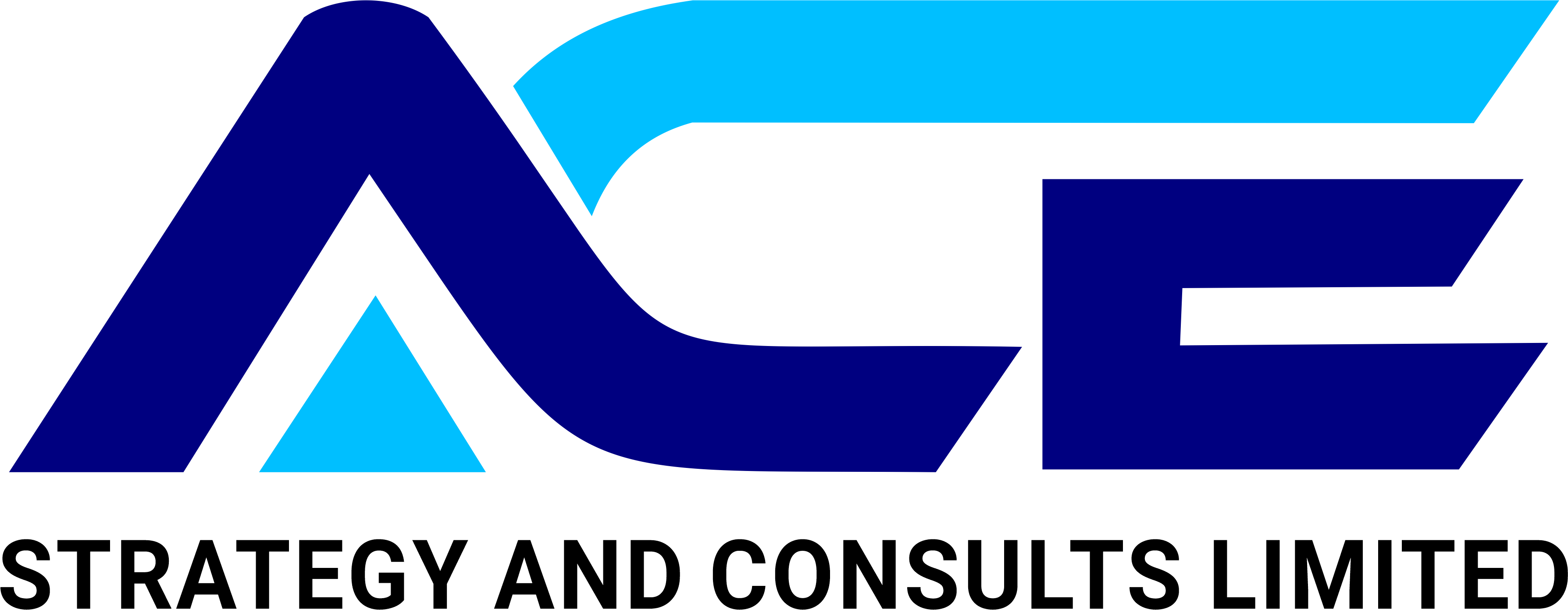Context
 The dependence on Nigeria’s projected population from the 2006 census for planning the health system— which does not give a realistic figure— has led to inefficient planning, distribution, and monitoring of health programs and, consequently, health outcomes. The availability of accurate data is essential to the success of health and administrative programs. Failure to accurately target the population has led to issues such as vaccine wastage and stockouts. Critical to addressing the issues is the conduct of the enumeration of children under 2, under 5, and women of childbearing age (WCBA) to improve outcomes of immunization, nutrition, and maternal health. This enumeration was carried out in Gombe State and Zamfara State specifically.
The dependence on Nigeria’s projected population from the 2006 census for planning the health system— which does not give a realistic figure— has led to inefficient planning, distribution, and monitoring of health programs and, consequently, health outcomes. The availability of accurate data is essential to the success of health and administrative programs. Failure to accurately target the population has led to issues such as vaccine wastage and stockouts. Critical to addressing the issues is the conduct of the enumeration of children under 2, under 5, and women of childbearing age (WCBA) to improve outcomes of immunization, nutrition, and maternal health. This enumeration was carried out in Gombe State and Zamfara State specifically.
Approach
Gombe and Zamfara State Primary Health Care Boards engaged ACE Strategies and Consult to conduct an enumeration of children under 2, under 5, and women of reproductive age. The enumeration, conducted over three weeks, covered settlements within a 0–2 km radius of health facilities offering Routine Immunization (RI) services. To complete the enumeration, ACE developed and aligned plans with state and LGA teams, trained the LGA team and enumerators on the use of ODK (Open Data Kit), carried out the enumeration, analyzed the data, and developed the report. Two enumerators, comprising an RI provider and a recorder, were deployed for each health facility. Supervisors were also deployed to ensure that enumerators adhered to set guidelines during the enumeration.
Results
The enumeration occurred across 11 LGAs in Gombe and 14 LGAs in Zamfara State. The enumeration revealed over 55,000 unidentified under-1 children that could have been missed with fixed Routine Immunization (RI) sessions in Gombe and 146,007 in Zamfara, highlighting the importance of the enumeration. Almost all the LGAs in Gombe have a higher number of WCBA compared to the under 2 and under-5 population, suggesting the need for Gombe State Primary Health Care Development Agency (SPHCDA) to integrate Antenatal Care (ANC) and the RI to drive coverage of the two programs.
Recommendations
The project recommended that updated enumeration data should be utilized to revise microplans, supervisors’ deployment plans, human resources for health allocations, and commodities forecasting for routine and supplemental immunization sessions.


